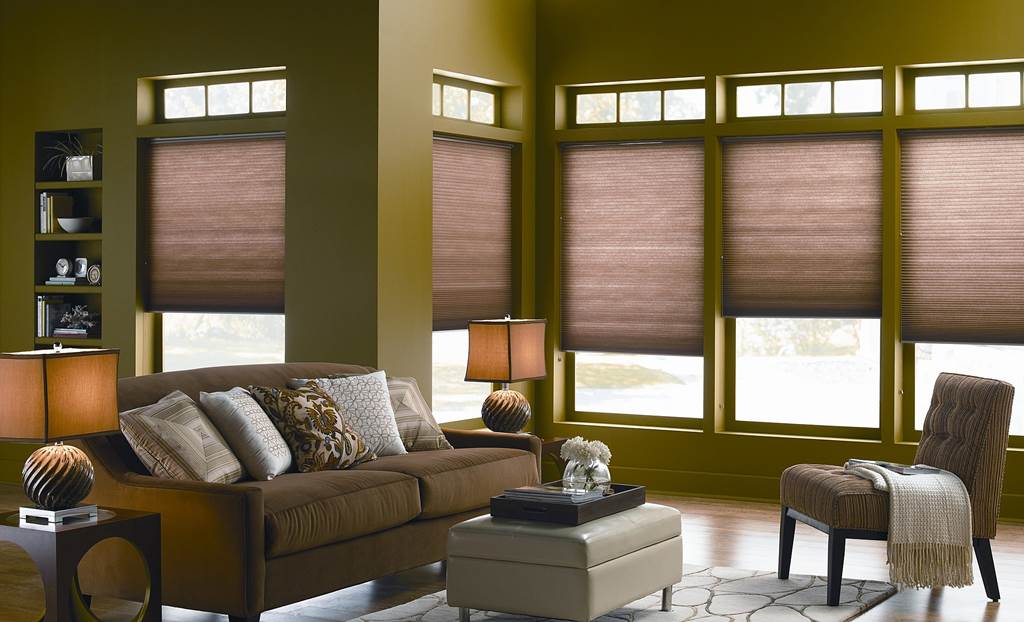The Interior Design Guide to Colour Selections – Part 1
How do interior designers do it? Although neutral colours are safe choices, you don’t always have to restrict yourself to those colours.
Let’s walk through the interior design colour selection process:
Starting point
There are lots of colour selection ideas out there, but all that is just noise if you don’t know where to even begin. So let’s lead with defining the starting point.
The first thing you want to do is to divide your house into separate zones. The main floor is one zone and the second floor is another. On each floor, group all the rooms that are within line of sight of one another as a further zone. Any rooms that you can’t see into from inside the entrance of another room are on their own. By dividing your house into separate zones this way, you’ll get an idea of how many different colour schemes you need to come up with.
If there’s one particular room where you know exactly what colour you want in there, start with that room and the rooms within its zone. If you don’t have a precise colour in mind, start with the zone that forms the hub of the house on each floor. That means you’d have two starting points: the centre zone of the first floor and the centre zone of the second. The end result is you’ll have different sets of colour schemes for each floor.
Once you’ve narrowed down which zone(s) to begin with, it’s colour selection time. In general, many of the colour selection ideas out there can be grouped into two categories: personalized and themed.
Personalized colour selections
This is the best approach if you have a strong idea about what your own style is. It’s also great for putting the spotlight on things that have a lot of emotional value for you. What’s attractive about this method is that it comes from you with your personal stamp of appeal.
Got a favourite colour? Perfect – use it as the primary colour for the room as you fill it with furniture, window coverings, paint, and décor. And for the fashion-conscious who know what clothing colours look good on them, take cues from your wardrobe.
You can also get inspiration from the colour of either your favourite item in the room or simply the largest object. You have to be careful though that this item, whether it’s a furniture piece or an area rug, is something you’re sure will stay in the room permanently. If not, your whole colour scheme would be thrown off.
As you spiral out from the starting-point room or zone, you can gradually go with darker or lighter shades of the same colour scheme with each subsequent room. This will help give your whole house a more cohesive look.
Next up in Part 2, we’ll look at themed colour selections as well as some colour placement tips. Stay with us for the next installment!

